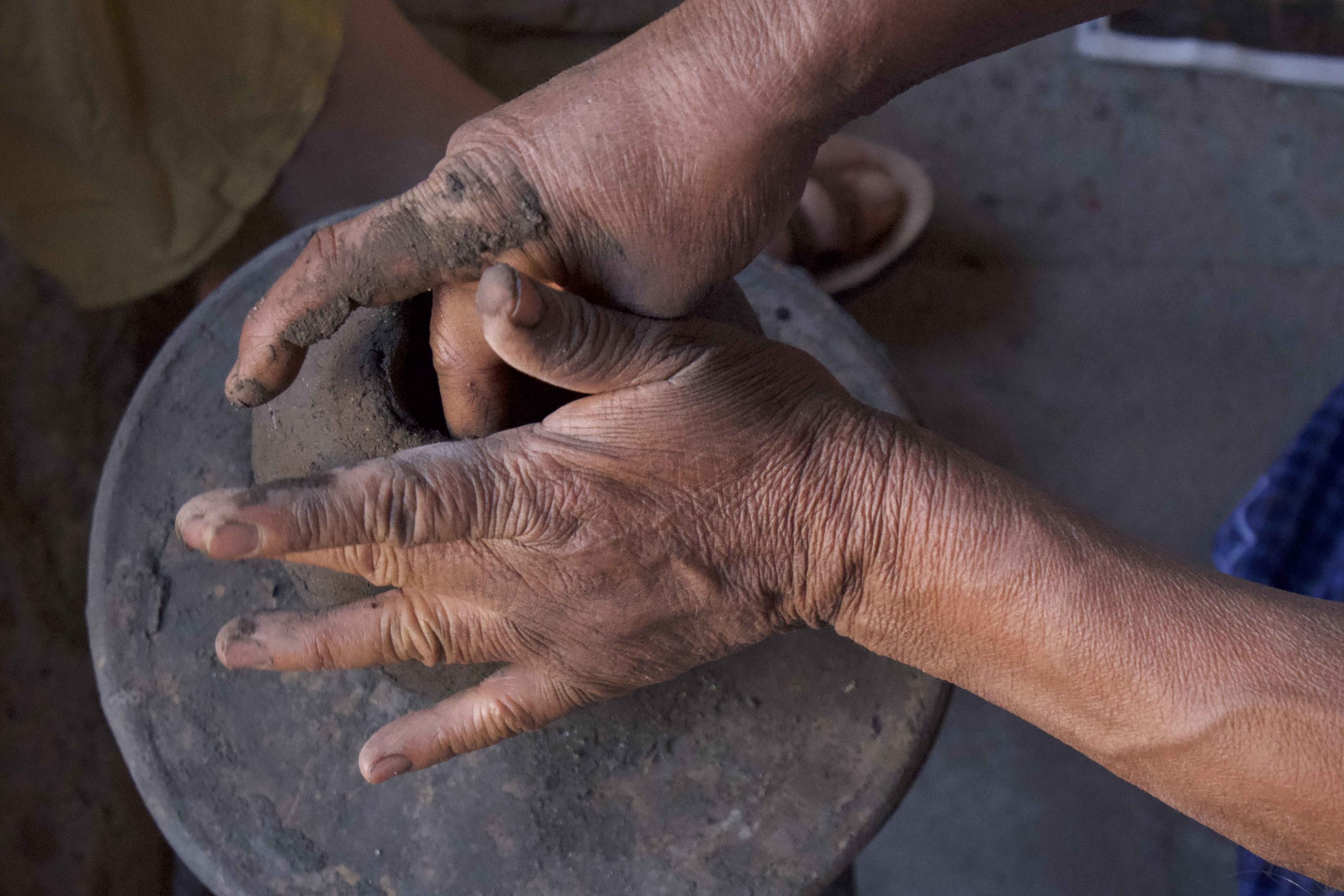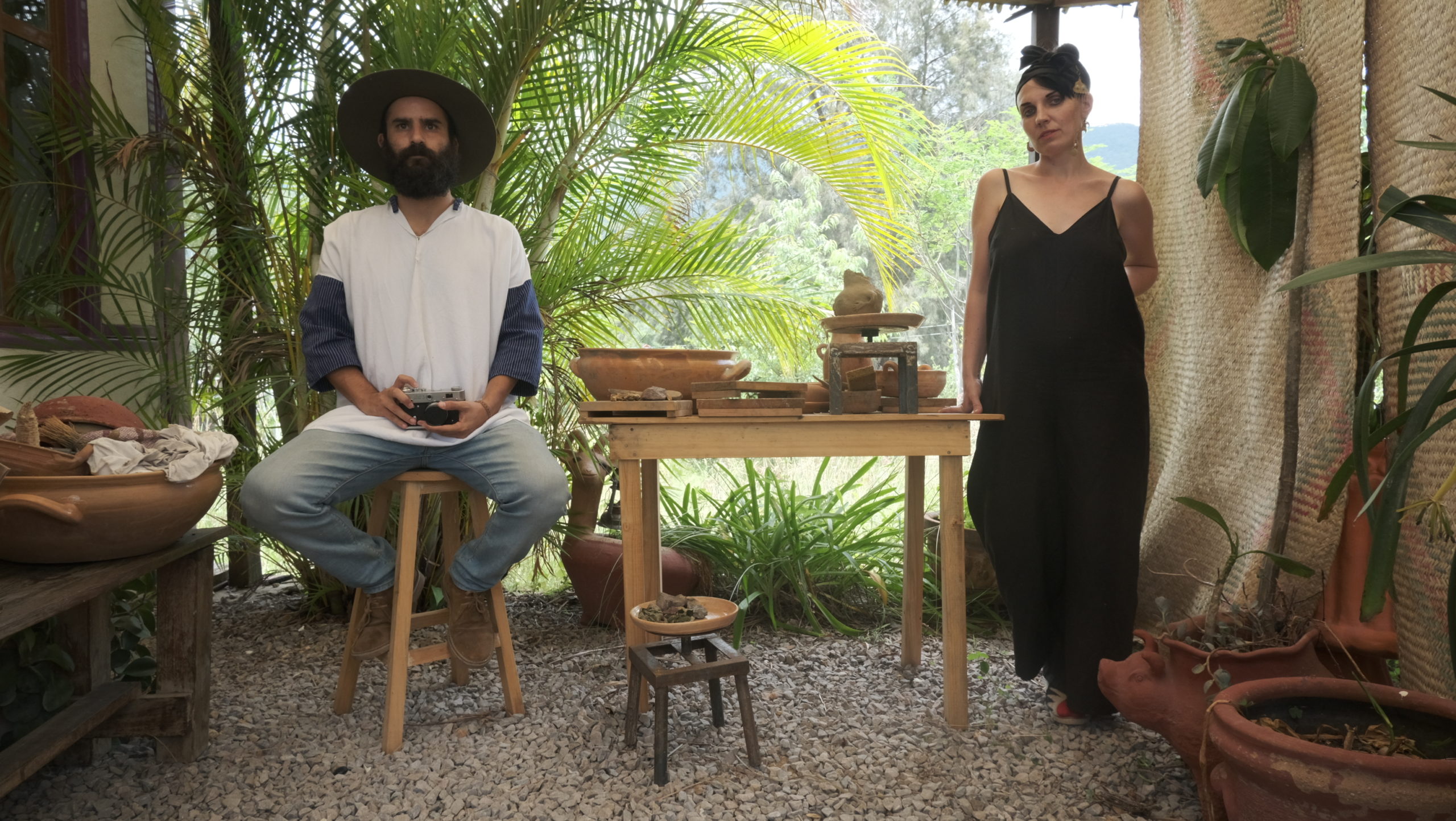 Corinne Aivazian’s efforts to revive traditional Armenian clay practices have landed her in a place that, at first glance, might seem like an unlikely one for answers: Oaxaca, Mexico.
Corinne Aivazian’s efforts to revive traditional Armenian clay practices have landed her in a place that, at first glance, might seem like an unlikely one for answers: Oaxaca, Mexico.
But let’s start at the beginning, where Aivazian learned more about Armenian ceramics: the History Museum of Armenia in Yerevan. “In Armenia, I speak to curators of the collections,” explained Aivazian of her research process which started several years ago. “We talk about where the pieces were found, and how the curators think they might have been made, or what they think it was used for and why they might think that.”
Unfortunately, as a result of both Soviet influence and the dispersal of Armenians during the Genocide, there are fewer Armenians who use the traditional claymaking methods once used to create the ceramic art, including the more practical tonir clay ovens and karas wine vessels. “Ceramics is so dependent on the clay and the place where you are,” says Aivazian. Ceramics makers have processes that are specific to the type of clay that comes from where they are based, so it’s tied to a specific geography and land. “It’s just not a medium that travels in the way that Armenian textiles or jewelry can,” said Aivazian.
So, while methods for creating traditional jewelry and textile work are still in use in diasporan communities around the world, the preservation of Armenian ceramic traditions remains at risk.
This has spurred Aivazian to continue her research and document the art of Armenian pottery production before it is lost. “In post-Soviet Armenia, it feels like I’m going and meeting the last people who know about this specific thing. That’s why it feels quite critical in terms of time,” Aivazian says.
During her research, Aivazian noticed that many of the Armenian pieces—both at the History Museum in Yerevan and in other museum collections around the world—were made of a distinct type of black clay. It was a material reminiscent of barro negro, a variation of clay found in Mexico, the native country of Aivazian’s husband, Diego Flores Manzandedo.

The similarities, however, stretch beyond clay materials. “Oaxaca reminds me a lot of Armenia. For good quality clay you need mountains and places that have active tectonic plate activity,” she explains. The shifting of these plates causes earthquakes, which are prevalent in both Armenia and Oaxaca. For example, Gyumri—the second largest city in Armenia which was devastated by an earthquake in 1988—is home to a number of underground clay pits.
When Aivazian and her husband first visited Mexico and observed how the pieces were made, it was clear that the artisans were using the exact same process that one of the curators at the Yerevan History Museum had described. “Something clicked when I started to realize just how similar these processes—and even the vessels themselves—were to those still being used in Diego’s native Mexico,” Aivazian explains.
Aivazian says she plans to return to Armenia to continue her research, visiting villages to search for and document the remaining artisans, as well as scope out clay deposits in other parts of Armenia and Artsakh.
In the meantime, Aivazian is running Terra Collectivo, a studio which hosts residencies and opportunities to learn (and preserve) traditional clay practice. Oaxaca presents a unique opportunity for Aivazian to experience clay-making methods firsthand and to learn from maestras. “I’m trying to learn as much of the historical techniques from Armenia that still exist here [in Mexico] so that they can be re-taught in Armenia, and so that we can revive the very important heritage,” Aivazian says.


Wow! Great article, I learned a lot. Well written! Thanks for sharing this.
Thank you for the fantastic educational article. Bravo!
You sparked my interest in the subject of Armenian Historical Pottery techniques. I’ll continue to explore and look out for more articles by you!